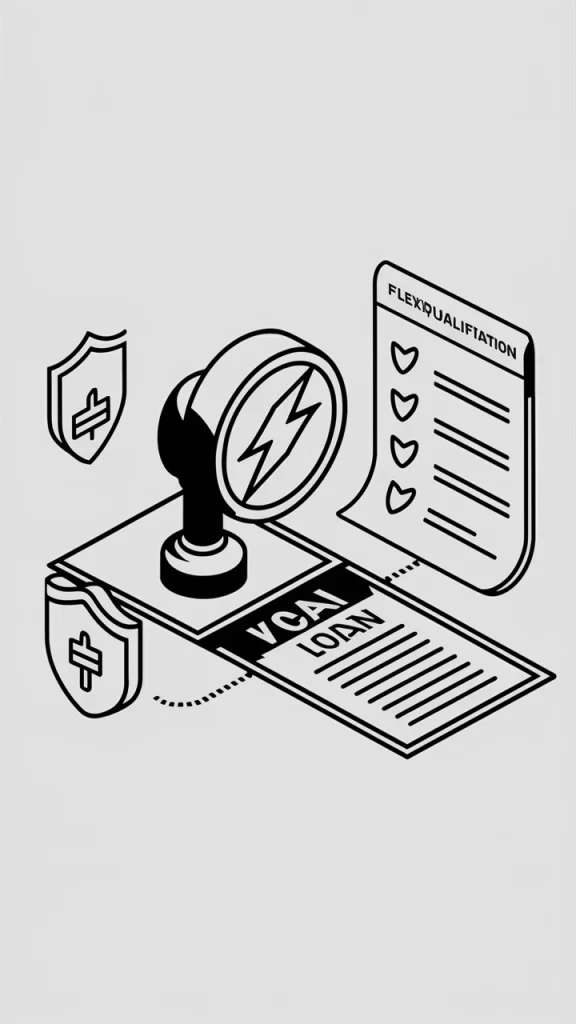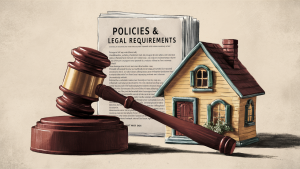
Airbnb Guest: A Host’s Guide to a Memorable Start
Facebook Twitter LinkedIn Reddit Email WhatsApp Welcome Your First Guest on Airbnb: A Host’s Guide to a Memorable Start Welcoming your first guest on Airbnb
When applying for a mortgage, most borrowers expect to provide a lot of documentation—like pay stubs, tax returns, and bank statements—to prove their financial standing. However, for some, this traditional approach isn’t ideal. This is where No-Doc and Low-Doc loans come into play. If you’re considering one of these loans, here’s everything you need to know.
No-Doc (No Documentation) Loans and Low-Doc (Low Documentation) Loans are designed for borrowers who may not have the standard income documentation required by conventional loans. Typically, these loans cater to self-employed individuals, business owners, freelancers, or those with irregular income sources.
These loan types are particularly beneficial for:

No-Doc and Low-Doc loans generally focus on other factors rather than the borrower’s income history:
These loans might have higher interest rates due to the increased risk they pose to lenders. However, for some borrowers, the flexibility and ease of approval outweigh the higher costs.

If you don’t own a home, buy one. If you own a home, buy another one. If you own two homes buy a third. And lend your relatives the money to buy a home.
John Paulson Tweet
No-Doc and Low-Doc loans offer a unique opportunity for borrowers who might not qualify for traditional mortgages. However, they come with their own set of challenges, including higher interest rates and larger down payments. By understanding these loans and preparing accordingly, borrowers can make an informed decision that aligns with their financial goals.

Facebook Twitter LinkedIn Reddit Email WhatsApp Welcome Your First Guest on Airbnb: A Host’s Guide to a Memorable Start Welcoming your first guest on Airbnb

Facebook Twitter LinkedIn Reddit Email WhatsApp Mastering Airbnb Policies and Legal Requirements: A Guide for Hosts If you’re considering hosting on Airbnb, understanding the platform’s

Facebook Twitter LinkedIn Reddit Email WhatsApp The Anatomy of a Perfect Airbnb Listing Creating an irresistible Airbnb listing is both an art and a science.